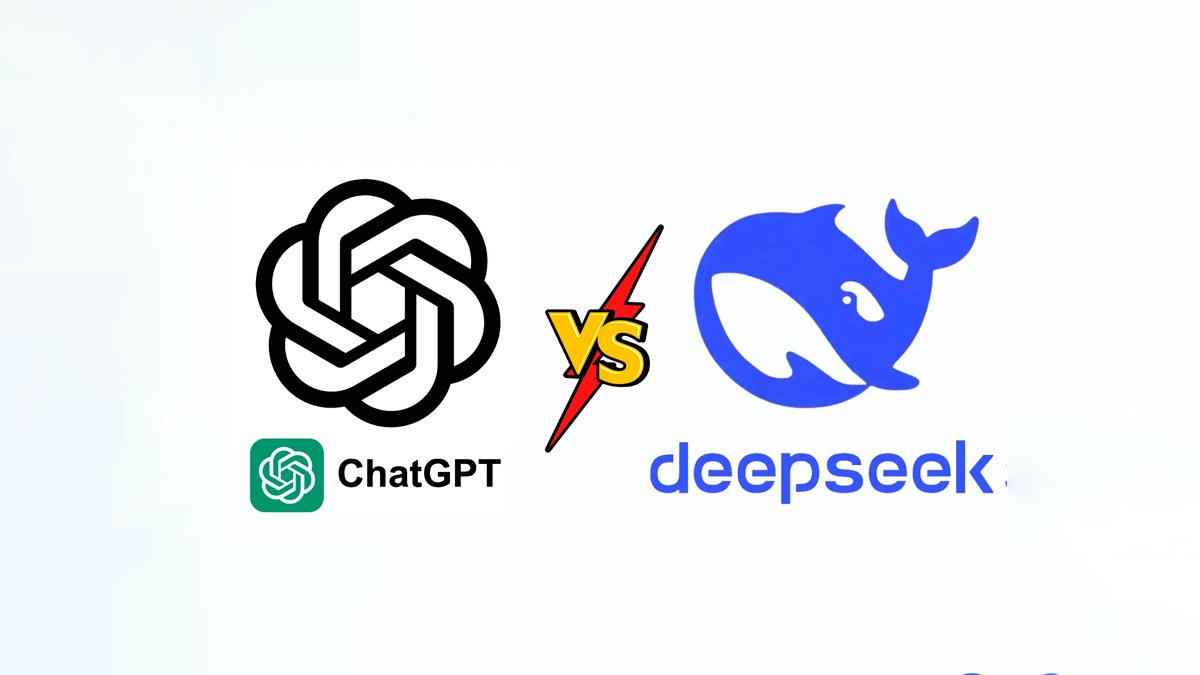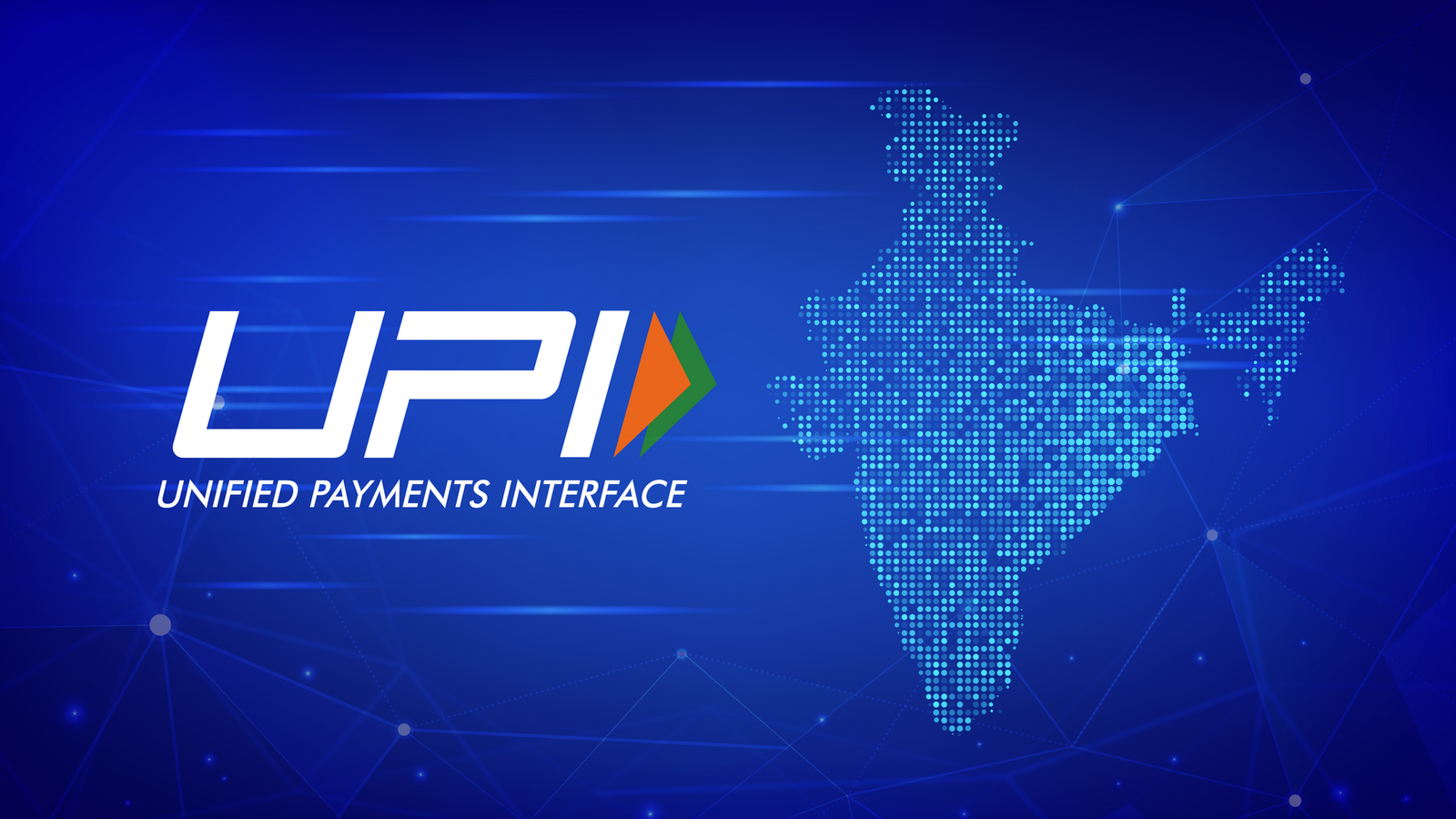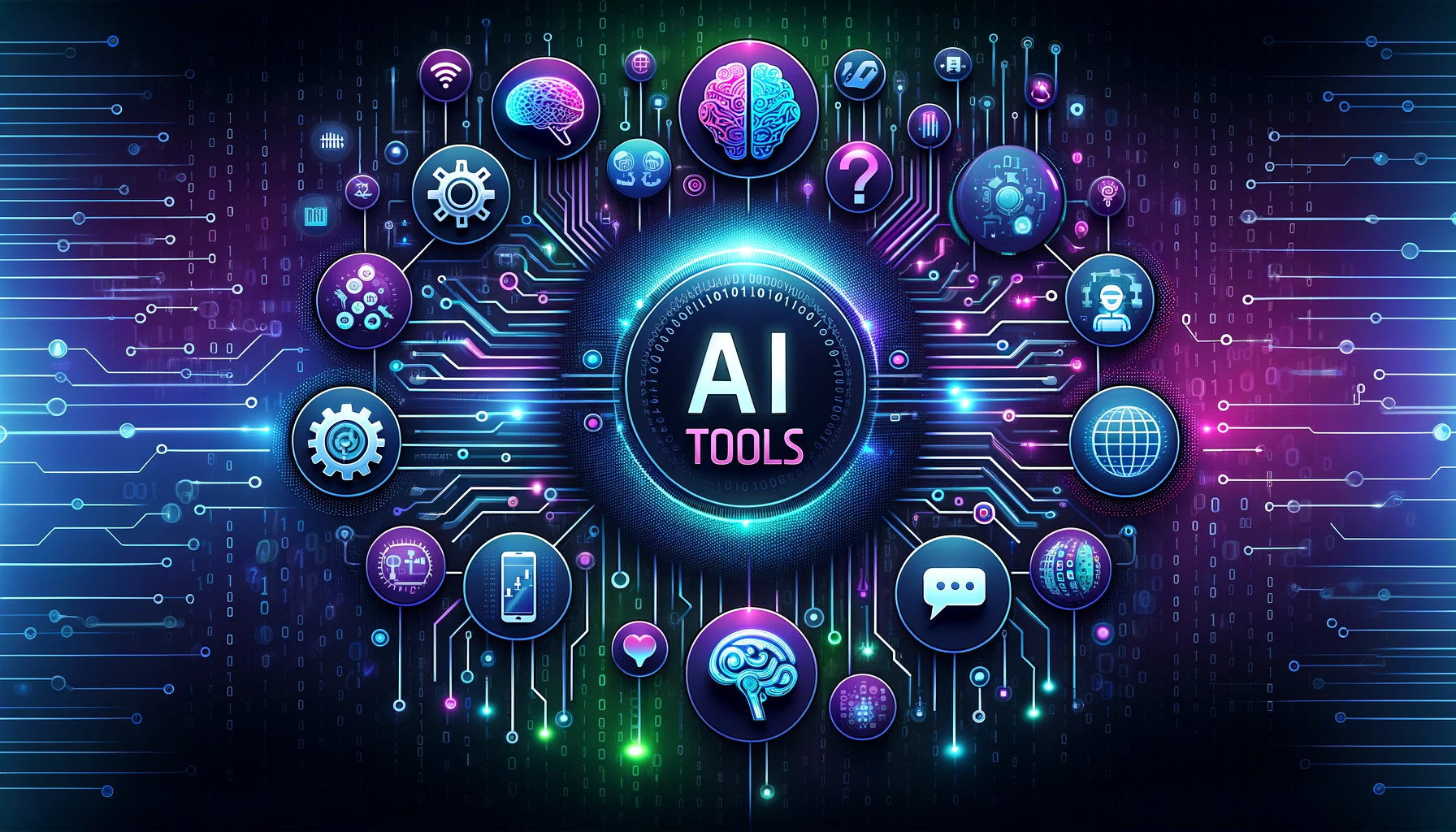Primary Function: ChatGPT is a conversational software focused on and content creation. This platform simulates human conversation while answering queries and writing original pieces for readers based on prompts from within ChatGPT itself. The goal is to engage readers through writing while giving information or entertainment according to reader preferences and prompts.
DeepSeek can primarily be described as an information retrieval and search system. Its primary focus is to improve search quality by understanding user queries better; while DeepSeek doesn’t produce text directly but retrieves only relevant results from its vast database.
Technological Approach ChatGPT is built upon a GPT structure which utilizes transformers to predict what words may follow next in sentences based on analysis of previous word usage context and context-aware transformers, trained over large datasets with patterns recognized from output patterns that come through as outputs from its model.
DeepSeek DeepSeek uses deep learning algorithms specifically tailored for optimizing search results, using techniques such as semantic search, natural language understanding and context-aware algorithms in order to enhance the user experience when searching. As opposed to ChatGPT however, DeepSeek focuses on improving precision of results rather than providing new material.
Applications
ChatGPT is an innovative technology with numerous uses across applications that involve natural language interactions, from chatbots and virtual assistants, content generation and customer support to customer care systems and much more. The way in which it mimics human conversations makes this technology invaluable both to individuals as well as companies alike.
DeepSeek HTML0 was specifically tailored for precise search programs like legal research or academic study, or any industry where data retrieval accuracy is crucial. DeepSeek enhances knowledge databases by offering deeper insight and more pertinent results based on contextual searches.
User Experience ChatGPT provides users with interactive experiences by mimicking human-like conversational dialogue to respond to user inputs. It can be utilized in discussions that go back and forth and used as a means for engaging, brainstorming, or solving problems.
DeepSeek provides users with an experience tailored to them – one focused on quickly finding relevant data without engaging in dialogues or exchanges of any sort. By inputting their queries and using DeepSeek’s system results scoring system they receive results ranked according to relevance and context rather than needlessly initiating dialogues themselves.
ChatGPT’s scope is severely limited due to the data it uses as training data, although it generates text using patterns, it cannot always provide accurate, unintended or unclear results and lacks up-to-date search capability for newer material.
DeepSeek, although excellent at retrieving data, should not be used in conversational settings; its effectiveness may suffer with searches that lack sufficient context information or require too general a search term. As always, however, its success depends on its database quality – so keep that in mind while searching.
Conclusion
ChatGPT and DeepSeek are powerful artificial intelligence (AI) tools with distinct functions. ChatGPT excels at natural language generation and interactive conversation, making it ideal for applications facilitating dialogue or the generation of content creation. Conversely, DeepSeek excels in improving the user search experience – offering accurate contextually relevant results when searching.
At the core, choosing between ChatGPT and DeepSeek ultimately comes down to personal choice and requirements. If you need an AI system able to generate texts for meaningful discussions and generate texts itself, ChatGPT might be suitable; otherwise if a more advanced search engine that understands search queries better provides tailored data then DeepSeek would likely be superior.
These technologies represent major advancements within AI, and their advancement should only accelerate over time, providing even higher-quality capabilities in the near future.



